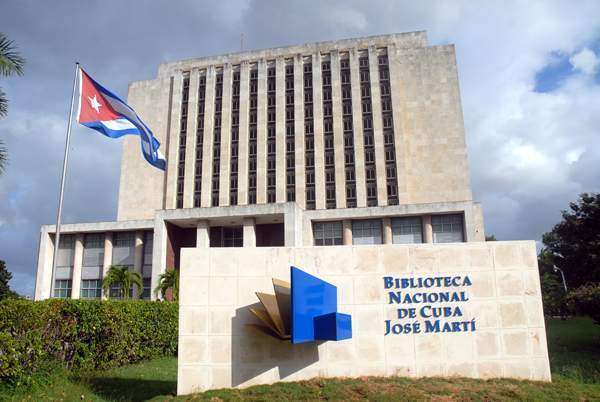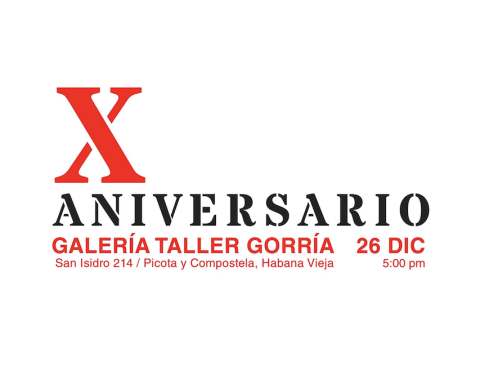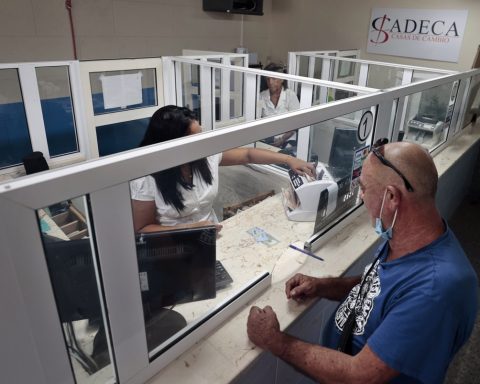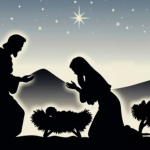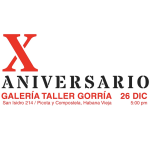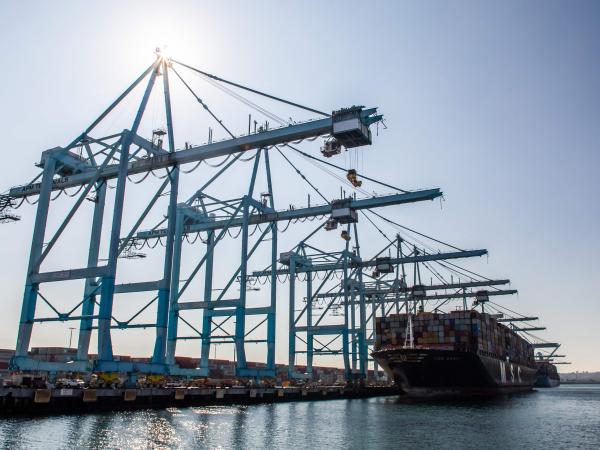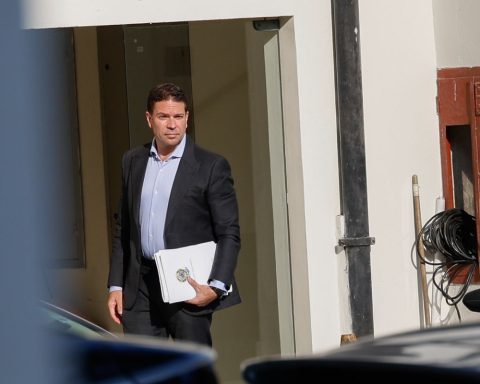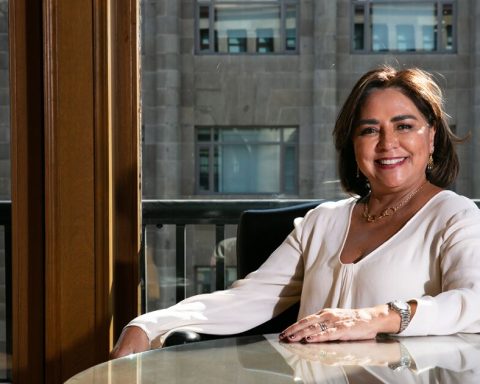Although there is not much research on the birth of the National Library of Cuba, all point to the official disinterest that existed regarding the foundation of an institution of this type. Unlike many South American nations, in the 19th century there was no entity of this nature on the Island. At the end of the 1895 war of independence, intervened by the United States in 1898, there was not a single public library or in any school (except the one attached to the University of Havana) that would allow its conversion into the National Library. Some intellectuals pointed out that this new institution could arise from the funds of the library of the Friends of the Country Economic Society, the oldest, created in 1793.
But the truth is that the US interveners were not in a hurry to have an entity that so many advocated; in addition to the fact that the military units of its occupation forces in Cuba did receive supplies of books to create reading rooms for soldiers and officers. Finally, US Governor Leonardo Wood, unlike his predecessor John R. Brooke, heeded the insistent demands of a notable group of intellectuals. On October 18, 1901, the National Library was born in a small nave of the Castillo de La Real Fuerza (a room measuring 30 by 7.5 square meters, without shelves or books); In the words of the researcher Tomás Fernández Robaina, a space “more symbolic than real”.
Twelve days later, Military Order No. 234 of the intervening government attested to the appointment of Domingo Figarola Caneda as the first director of the institution. His first books were donated by Figarola himself, 3000 volumes from his private library. Then the collections of Antonio Bachiller and Morales were added to the incipient collection, and later that of Francisco Sellén, the latter two not as voluminous as the first. In 1909, Mrs. Pilar Arazoza de Müller donated a small printing press with which Figarola began to publish the Magazine of the National Library, in its first stage.
In 1902, the Library occupied another location, equally inadequate, on the upper floors of the Maestranza de Artillería. For several years it suffered the vicissitudes of not having its own headquarters, and in 1936, the Friends of the National Library association, the result of the work of Emilio Roig de Leuchsenring and a group of relevant intellectuals, proposed the construction of a building with appropriate characteristics for the institution. In the midst of those efforts, in April 1938, the Library was transferred again to the Castle of La Real Fuerza, since the Headquarters of the National Police would be established in the Artillery Maestranza.
It was not until June 1949, thanks to the personal efforts of Dr. Fernando Ortiz, a member of the Board of Trustees of the Library, that the plot of land known as the Hermitage of the Catalans, where the new building of the Library would be built, could be purchased. National Library. The first stone was laid on January 28, 1952, however, this would not be its final location, because when the foundations and base of the building were already built, the Government agreed to build the Civic Square or Republic Square, with the Apostle Monument. The Library had to be moved to another plot with its front facing Boyeros Avenue, and on September 23, 1952 its definitive location was established. The new and current headquarters was inaugurated on Friday, February 21, 1958.
Regarding the name of the institution, some personalities wanted it to be baptized with that of Gonzalo de Quesada Aróstegui, the favorite disciple of José Martí, in response to his energetic battle for the approval of the Library before the Yankee intervening military command. However, the Board of Trustees and Don Fernando Ortiz tipped the balance, in an Open Letter to the Prime Minister, arguing that the nation’s Library should bear the name of José Martí. A third group argued that it should not bear any name, remaining only as the National Library. It was the second proposal that was definitively approved.
Numerous international personalities linked to the world of libraries and culture attended the opening ceremony of the new building, conceived in the period of splendor of the Modern Movement on the Island. The architects selected to carry out this undertaking were Evelio Govantes Fuertes (1886-1981 ) and Félix Cabarrocas Ayala (1887-1961). The splendid property stands out for the excellent quality of its execution and the sobriety of its exterior design. Its main façade has eight columns clad in Jaimanitas stone and marble slabs, with an elegant portico of red granite and travertine stone, where the name of José Martí appears, labeled in silver, flanked by the beveled names of heroes of our independence deeds. , together with notable Cuban thinkers and intellectuals. The portico gives way to an interior whose visual composition changes. The conservativeness of its exteriors is transformed into a surprising image crowned by a set of symbolic elements, mainly made up of the skylight and zodiac, works of art made by the famous French master glassmaker Auguste Labouret (1871-1964).
Recently, in 2021, the National Monuments Commission granted the property the status of a National Monument, for which it took into account the historical, documentary, architectural, artistic, environmental and social value of this construction that is part of the administrative political center of the nation and is one of the most significant public spaces for Cubans. The excellent functional and bioclimatic design of the property and the presence of works of art of incalculable artistic value were also considered; as well as the exceptional bibliographic heritage of the Library, an institution that treasures a decisive part of Cuban memory and identity.
